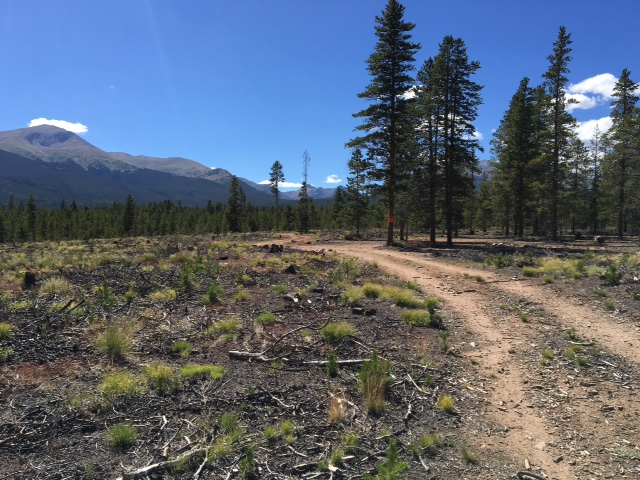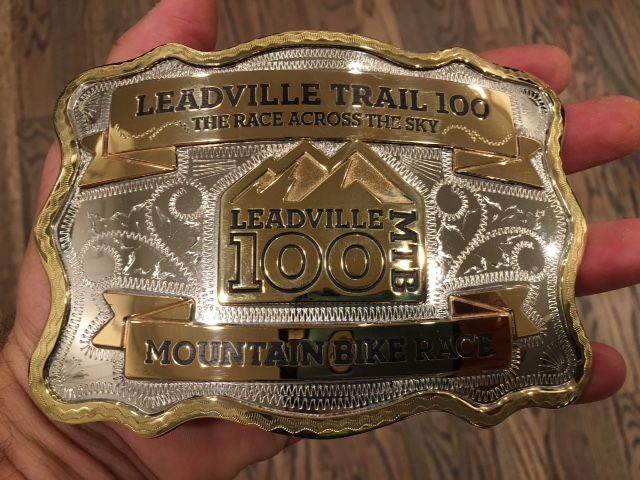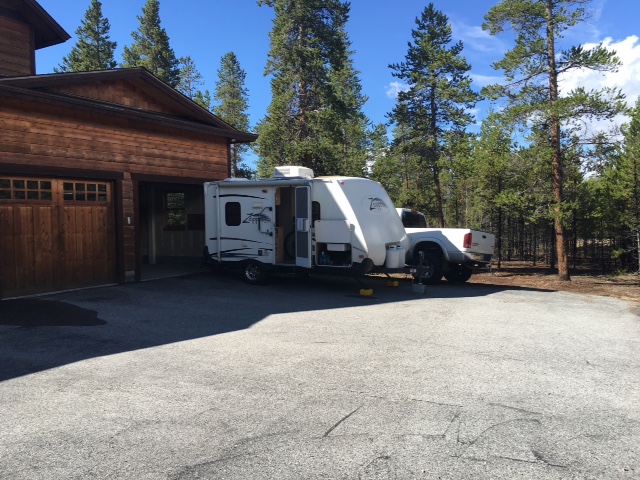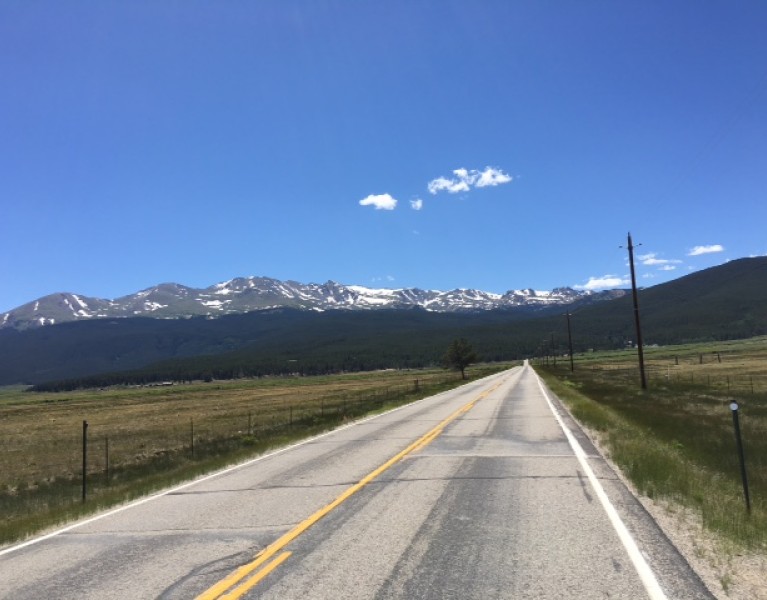
Racing Across the Sky: Leadville 100 MTB, Part I
Table of Contents [Show]
Shane Dunleavy is a member of the KÜHL Masters CX Cycling team. He recently raced across the sky to complete the Leadville 100 MTB Race.
My Journey to the Leadville 100 MTB Race
Since I turned 50, I pick a life-affirming race or two each year to test my limits. Last year it was the Crusher in the Tushar and the Road World Championships in Austria.
My journey to the Leadville 100 MTB, also known as The Race Across the Sky, started accidentally last June when I raced the Fireroad 100 as a training race for the Crusher. It was a qualification race for Leadville, and I did well enough to earn a spot in the Red corral, 3rd from the front. It was at the Fireroad 100 I also met fellow KÜHL cyclist, Jill Cederholm, from Minnesota who would share the podium with my fiancée, Amy. The 2015 Leadville date was a conflict with my race in Austria, but the race organizers were accommodating and allowed me to defer until 2016.
Leadville's always been out there, sort of on the edge of my consciousness, but I had never really paid much attention. It is notoriously hard to get into with thousands submitting registration requests into the lottery each year only to be denied entry. But, quite suddenly and accidentally, I had qualified for it.
Now it took on monumental proportions for me. I started reading and researching everything I could about it, and I talked to everyone I knew who had done the race. On paper it doesn't seem that tough: 103 miles on mostly dirt roads and jeep trails with about 12,000' of climbing. Definitely a hard ride but doable.
What really sets Leadville apart and makes it so tough is that the majority of the race takes place over 10,000 feet elevation, and there are over 1500 people on course with you. Both factors demand unique preparation and execution.
Race Preparations
Once I decided to race Leadville, I had to decide what bike I'd ride. The choice is really between a hardtail mountain bike or a full suspension mountain bike. One’s lighter and goes uphill faster, while the other's more comfortable and better able to handle rough descents, albeit with a weight penalty on the climbs.
I agonized over this decision for most of the year. Initially, I leaned towards the hardtail thinking the savings in time over the climbs would be worth the sacrifice in comfort. However, as I did more long rides on the hardtail, I discovered my limit was about 5-6 hours before my back started to rebel. I decided to ride the full suspension instead. About 7 pounds heavier than the hardtail, I put my bike on a diet and was able to get it down to 23 pounds with a nice set of carbon race wheels and lighter weight brakes.
I took the same approach to my body, going so far as to give up beer and cookies for the final month before the race to lose 10 pounds.
Setting goals for the event is paramount to your preparation, and the race organizers helped with this. Given the annual attrition rate of 12-15%, finishing is the primary goal.
There are cut off times throughout the race, and you must complete the race within 13 hours for an official finishing time. The next tier of accomplishment is to complete the race in under 12 hours and earn a normal sized trophy buckle. Completing the race in under nine hours is something that all Leadville starters aspire to. Doing so earns you the "big buckle," a massive trophy belt buckle with lots of gold and silver bling.
My goal was to finish in a sub nine hour time to earn the big buckle as well as in the top 10% of my age group, which meant a top 25 finish.
After this year's Crusher in the Tushar, which I did as a training race this time, Jill invited me to come to Leadville and stay at her vacation home for a few days to preview the course. Unwilling to pass up such a great offer, I pulled my race trailer seven hours to the Front Range and parked it in Jill's driveway.
I spent the next two days riding the Leadville race course. Jill's friend, multiple times national champion Alison Powers, was also there riding and working with cyclists she coaches. I was fortunate to ride with her and benefit from her experience, advice, and knowledge.
When riding I immediately noticed I could not generate the power that I can at my home elevation of 4400 feet. I was short of breath, my heart was hammering, and I really struggled to get up climbs. Although it was great to preview the course, my confidence was shaken. Alison gave me some great advice and suggested I not worry about power and remove that number from my Garmin's screen. Instead, I should focus on heart rate and find the rate that I could not recover from. The goal was not to exceed that number during the race, because it would be extremely hard to recover from going into the "red" at altitude.
I returned home to Sandy, Utah and began my final block of training before the August 13 race date. I did as much research as I could on racing at altitude and acclimation. The data I found suggested either arriving and racing within 24 hours of arriving at altitude, or giving myself at least five days to acclimate. Most experts recommend not racing within the 36- to 72-hour window of arriving because that is when you will feel the worst.
With those recommendations in mind, I elected to arrive six nights before the race, on Sunday, August 7. I spent the next week doing easy rides on the course and enjoying Leadville's beautiful scenery and clean air.
I paid particular attention to scouting the Powerline descent and its bike swallowing ruts and 25+ degree grade. I rode the descent twice the Wednesday before the race in order to have the lines down. I also made sure I was up every morning and eating breakfast by 5 AM so my body would be ready for the 6:30 AM start.
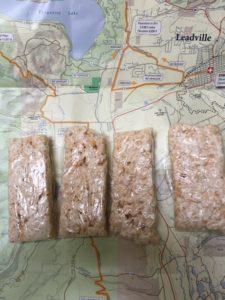
The rest of the day was spent on final preparations: filling bottles, getting feeds planned and sorted and making sure my bike was dialed in. I added bar tap to my handlebar from the shifters to the stem to to give me some additional grip when I rested my forearms on the bar. I wanted to get more aero to shave time when I didn’t have another rider to draft off. Finally, I zip tied on my number, set my alarm for 4 AM and was in bed by 8:30 PM.
I awoke the next morning before my alarm with that wonderful sense of anticipation you get when you are about to embark on a new adventure – this one plumbing the depths of my own limits.
